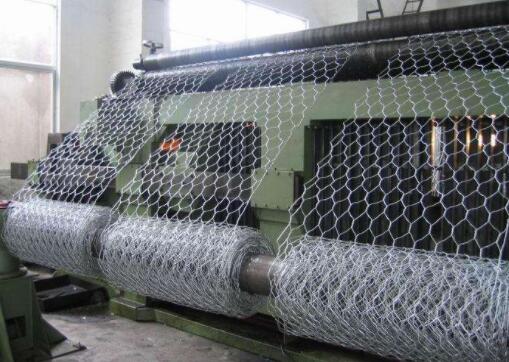The Common Nail A Simple Yet Essential Fastener
When you think about the tools and materials that shape our everyday lives, the common nail may not immediately come to mind. Yet, this simple metal fastener serves as one of the most fundamental building blocks in construction, woodworking, and a plethora of DIY projects. From the humble abode to intricate furniture pieces, nails play a pivotal role in binding materials together and ensuring structural integrity.
Historical Context
The history of nails dates back to ancient civilizations, with evidence suggesting that nails were used as early as 3400 BC in Mesopotamia. Initially crafted from bronze, these early nails were hand-forged and often served decorative purposes as well. As metalworking techniques advanced over the centuries, nails evolved not only in material but also in design. By the Middle Ages, iron nails had become commonplace in Europe, allowing for more robust construction methods.
Design and Varieties
Today's common nails come in various shapes, sizes, and materials, each tailored for specific applications. The most recognizable type, the common nail, has a sharp point and a flat head, which allows for easy driving into wood. Other variations include finishing nails, which have a smaller head for a more discreet appearance, and casing nails, designed for door and window trim applications.
Materials also vary greatly. Steel is the most common choice due to its strength and affordability. However, galvanized nails—coated with a layer of zinc—are often employed in outdoor projects due to their resistance to rust and corrosion. Additionally, specialty nails made from stainless steel, copper, and even plastic are available for specific needs, such as high-moisture environments.
Applications in Construction and DIY
The versatility of the common nail cannot be overstated. In construction, they are integral to framing, roofing, and siding. Carpenters rely on various types of nails to secure beams, panels, and shingles. In DIY projects, whether you’re building a birdhouse or assembling a bookshelf, choosing the right nail can determine the durability and appearance of your finished product.
common nail 3

Using nails also empowers creativity. For the artistic DIY-er, nails can be incorporated into crafts, from intricate string art to decorative wall hangings. The aesthetic appeal of exposed nails also lends itself well to industrial design trends, where raw materials and a work-in-progress vibe are celebrated.
Driving Home the Importance
While it may seem trivial, the common nail is a testament to human ingenuity. Its simplicity belies its importance. Without nails, our ability to build and create would be severely hindered. They are a symbol of connection—in both a physical and metaphorical sense—joining materials together much like the relationships we forge in our lives.
Moreover, in an age of rapid technological advancement, where digital tools often overshadow traditional craftsmanship, the common nail holds its ground as a staple. From home improvement enthusiasts to professional craftsmen, the appreciation for this humble tool reminds us of the beauty in simplicity and functionality.
Environmental Considerations
As we move forward, it's essential to address the environmental impact of materials used in construction, including nails. Sustainable practices, such as sourcing steel from recycled materials or using biodegradable alternatives, are gaining traction. The push for eco-friendly building materials encourages a broader reconsideration of traditional methods, ensuring that construction practices are as sustainable and responsible as possible.
Conclusion
In conclusion, the common nail may seem like a small, inconsequential item, but it is essential to both construction and creativity. Its history, variety, and versatility showcase not only human innovation but also the importance of durable solutions in a constantly evolving world. As we continue to build and create, let us not overlook the significance of the common nail—a small yet mighty tool that plays a crucial role in shaping our environment and our experiences. Whether for structure or art, nails will remain a vital part of our collective toolbox.

















